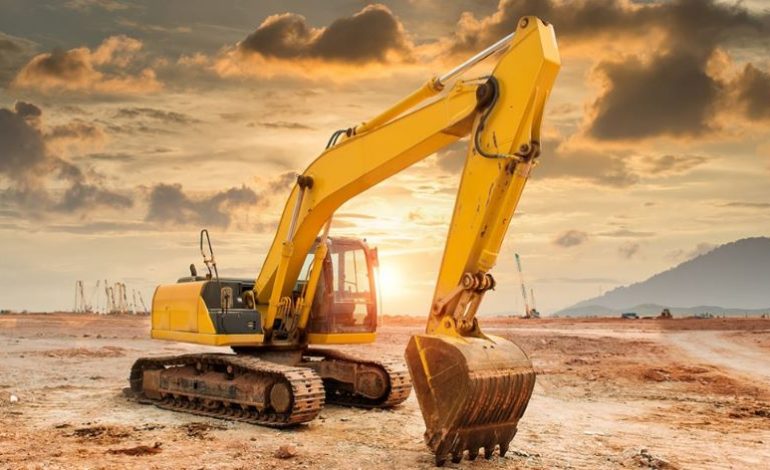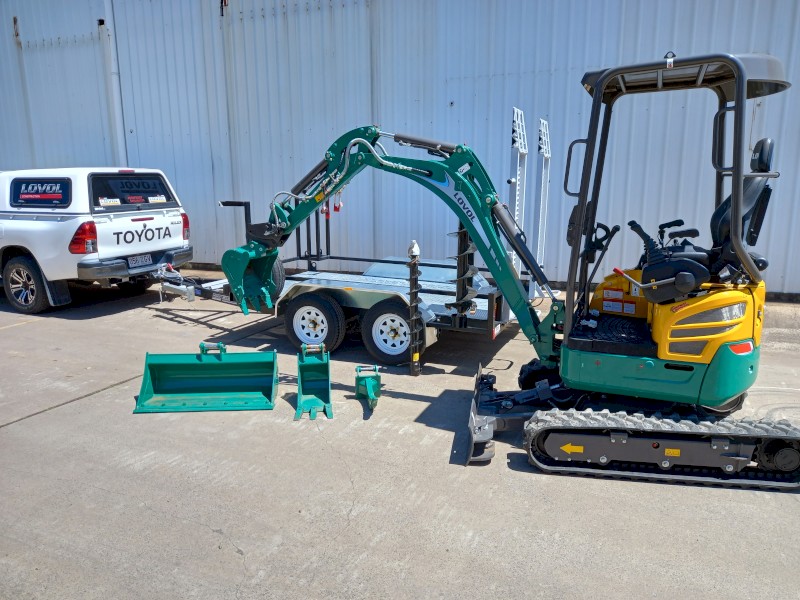
Different Excavator Types and Their Construction Site Applications
Excavators are versatile heavy machinery commonly found on construction sites. They play a crucial role in digging, lifting, and moving materials, making them indispensable for various construction projects. Excavators come in various types, each designed for specific tasks and terrain.
In this blog the experts of one of the best JCB excavators dealers in Sonipat, we’ll explore seven types of excavators and their uses on the construction site.
Crawler Excavators
They also known as track excavators, are a popular choice on construction sites due to their stability and mobility on rough terrain. They feature a set of tracks instead of wheels, which provides better traction, making them suitable for muddy, uneven, or rocky ground. These excavators are ideal for digging trenches, foundation work, and heavy-duty earthmoving tasks.
They come in various sizes, from compact models for small-scale projects to larger machines for major construction endeavours. They often have a rotating cab that allows the operator to manoeuvre the excavator with precision, making them versatile for digging and loading operations.
Wheeled Excavators
They are equipped with wheels rather than tracks. They are ideal for projects that require mobility between multiple locations, such as road construction and urban development. Wheeled excavators offer better speed and manoeuvrability on paved surfaces compared to crawler excavators.
These excavators are suitable for tasks like excavation, trenching, and material handling. Their wheels make them more agile and fuel-efficient on highways or urban roads, allowing operators to quickly move from one site to another without the need for a transport trailer.
Dragline Excavators
They are massive machines primarily used for large-scale excavation and mining operations. They consist of a long boom with a bucket suspended from a cable, which is used to scoop and remove earth or other materials from the ground. Dragline excavators can remove large volumes of material quickly, making them essential for mining, quarrying, and deep excavation projects.
These excavators are known for their impressive digging depth and reach, and they are often used in projects where precision digging is less critical compared to sheer excavation power.
Suction Excavators
They are also known as vacuum excavators, are a specialized type of excavator used in situations where delicate utility lines or underground infrastructure must be protected. They use a powerful vacuum system to excavate soil and other materials without causing damage to buried pipes, cables, or other sensitive structures.
They are commonly employed in urban areas for tasks like potholing, where the operator exposes underground utilities safely. They are also used for environmental clean-up and tasks requiring the removal of debris from sensitive areas.
Skid Steer Excavators
They are compact machines designed for tight spaces and manoeuvrability. They have a small footprint and are equipped with rubber tracks or wheels, making them suitable for tasks in confined areas, such as residential construction, landscaping, and interior demolition.
They come with various attachments, such as buckets, forks, and augers, allowing them to perform a wide range of tasks. Their versatility makes them invaluable on construction sites where space is limited, and the need for precision is high.
Long Reach Excavators
They are specialized machines designed to extend the reach of the excavator arm. They are commonly used in projects where digging depth is not the primary concern but reaching over obstacles or into bodies of water is necessary. Long reach excavators are ideal for tasks like dredging rivers, cleaning out ponds, or reaching across large foundations.
These excavators are equipped with extended booms and sticks, which give them an impressive reach while maintaining stability. They are often seen working on projects near bodies of water, such as bridge construction and waterfront development.
Mini Excavators
They are compact, lightweight machines that excel in tight spaces and smaller-scale projects. They are versatile and can be fitted with various attachments, including buckets, hydraulic breakers, and grading blades. Mini excavators are perfect for tasks like landscaping, digging trenches for utilities, and residential construction.
Their small size allows them to operate in areas with limited access, making them indispensable for backyard excavation or projects in urban environments with space constraints. Despite their size, mini excavators offer sufficient power and precision for a wide range of construction tasks.
Ending Words
Excavators come in a variety of types, each tailored to specific construction needs and site conditions. Choosing the right excavator for a project is essential to maximize efficiency and safety, further added by a dealer of JCB wheel loader in Delhi. Whether you’re working on a massive excavation project or a small residential build, there’s an excavator type designed to meet your requirements. Understanding these excavator types and their uses can help construction professionals make informed decisions and ensure successful project outcomes.




